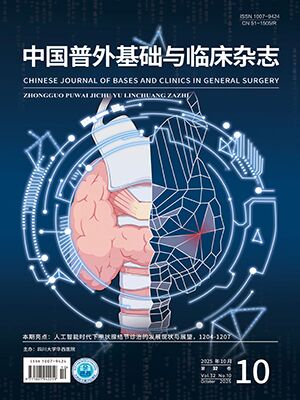Thyroid cancer is the most common malignancy of the head and neck region and the endocrine system, with its incidence increasing rapidly worldwide. While the overall prognosis of thyroid cancer is favorable, patients with high-risk features (e.g., extensive extrathyroidal extension or distant metastasis) or specific histologic types (e.g., anaplastic cancer) exhibit significantly poorer outcomes. Traditional survival analysis only provides static estimates of survival rates (e.g., 5- or 10-year survival) from the time of diagnosis or surgery. However, mortality risk dynamically changes over time, rendering such static measures inadequate for assessing evolving prognosis—particularly for patients who have already survived for a certain period after treatment. Conditional survival serves as a dynamic prognostic tool, quantifying the probability that a patient who has already survived x years will survive an additional y years. Understanding and utilizing conditional survival is critical for both clinicians and patients that it informs therapeutic decision-making and follow-up strategies for clinicians, while empowering patients to make informed life plans based on evolving survival expectations. Hence, we present an overview of the origins, development of conditional survival and its application to thyroid cancer and prospects the future orientation of research.
Citation: DONG Wenwu, ZHANG Hao. Conditional survival in prognostic evaluation of thyroid malignant tumor: current status and future perspectives. CHINESE JOURNAL OF BASES AND CLINICS IN GENERAL SURGERY, 2025, 32(10): 1217-1221. doi: 10.7507/1007-9424.202508118 Copy
Copyright © the editorial department of CHINESE JOURNAL OF BASES AND CLINICS IN GENERAL SURGERY of West China Medical Publisher. All rights reserved
-
Previous Article
Update and discussion on the active surveillance section of the 2025 American Thyroid Association Guidelines for the Management of Differentiated Thyroid Cancer in Adults -
Next Article
Predictive value of intraoperative frozen section analysis of delphian and pretracheal lymph nodes for central lymph node metastasis and recurrence risk stratification in differentiated thyroid carcinoma




